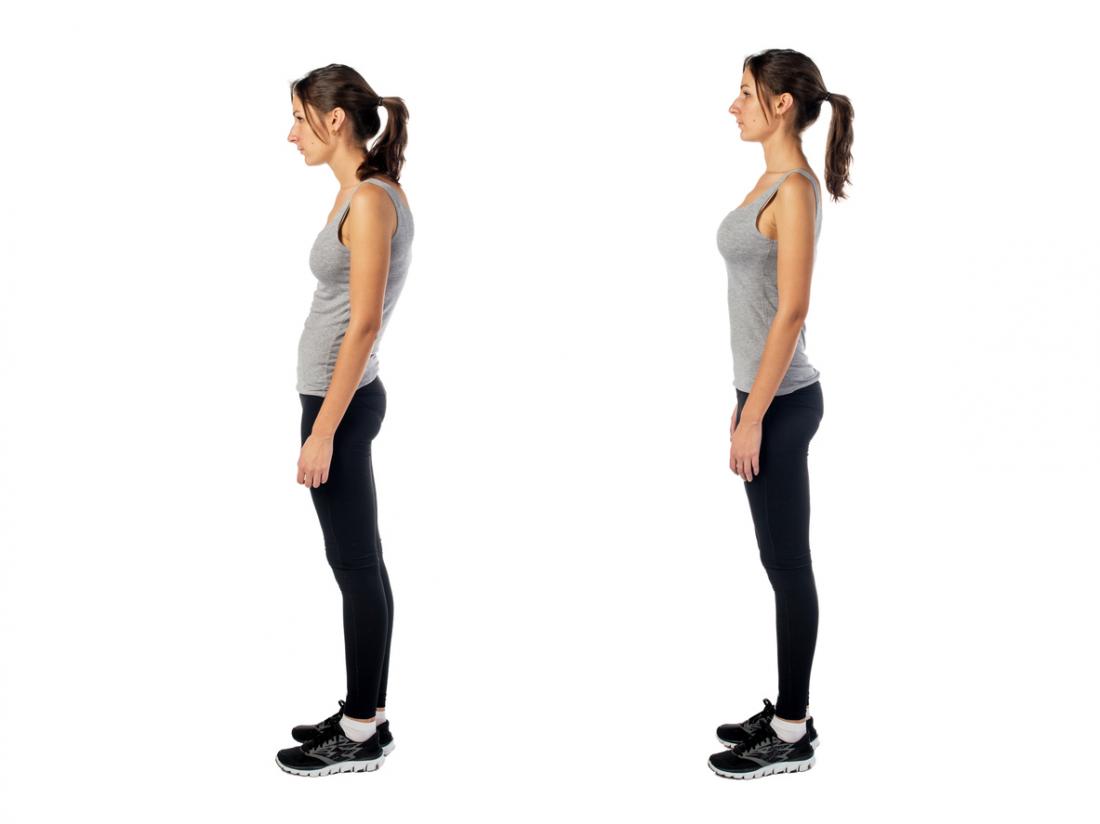Diastasis recti affect almost half of all post-partum women. It occurs when the connective tissues in the abdomen separate to make room for a growing baby but fail to reconnect after the woman gives birth. Women carrying twins, triplets, or particularly large babies are at higher risk of developing diastasis recti, as are those with weak abdominal walls or narrow pelvises and women who give birth after the age of 35.
Some women require corrective surgery to aid recovery from this condition. It’s a mistake to assume that all women with diastasis recti require surgical intervention, though. Read on to find out about non-surgical treatments.
Repair Deep Core Muscles
Women with minor to moderate diastasis recti may be able to repair the damage at home, even months after giving birth. It’s important to take a few precautions to avoid placing increased pressure on abdominal tissues, though. Avoid twisting the trunk, performing traditional exercises like crunches and planks, lifting heavy objects, and performing non-modified push-ups until the core muscles have been strengthened.
Many exercises can help diastasis recti. They include diaphragmatic breathing, side-lying bracing, bent-knee fallouts, and many others. Visit Moms Into Fitness to learn about other effective physical therapy interventions.
Pay Attention to Posture
Both pregnant and post-partum women need to pay attention to their posture if they want to avoid or successfully treat diastasis recti. Perform periodic posture checks and incorporate safe posture-improving exercises into a daily or weekly routine.

Leg exercises, such as squatting, while performing a transverse abdominal breath can help to improve posture. So can simply paying attention and recognizing when the spine is out of line due to head tilting, muscle tension, or other issues.
Activate the Pelvic Floor
Women are often encouraged to perform Kegel exercises during pregnancy to strengthen their pelvic floors. They shouldn’t stop after giving birth, though. Instead, continue to perform Kegels 10 to 20 times each day until the condition has been resolved.

Take a Deep Breath
Diaphragmatic breathing can be helpful in healing diastasis recti. To practice this deep breathing technique, women can lie flat on their backs with their knees bent and place their fingertips on the inside of their hip bones. Next, just breathe in slowly through the nose and into the diaphragm, hold for a moment, then exhale.
Performing diaphragmatic breathing exercises can help women tighten their stomach muscles. This technique also comes with the added bonus of relieving stress, which can be a huge benefit during the early years of motherhood.

When is Surgery Necessary?
Diastasis recti surgery is substantial, so it shouldn’t be taken lightly. Women should only consider surgical intervention after more conservative treatment options have been exhausted. Most doctors only recommend surgery for women with gaps more than two centimeters wide and those who are experiencing severe pain. For most women, diastasis recti is a largely cosmetic condition that can be resolved over time with adequate exercise and care.
The Bottom Line
It is possible to resolve most cases of diastasis recti using targeted exercise and other physical therapy techniques. In some cases, women may need corrective surgery. However, it’s always a better idea to exhaust non-invasive options first, as diastasis recti surgery can be painful and require substantial healing time before women will feel their best again.



14 comments
Wow Tina this is quite an informative post. And it’s good to know that recti can be cured without a painful surgery too. Imagine having a c sec n then recti surgery! Crazy!!!
I knew that few core exercises were restricted in the case of Diastasis Recti but didn’t knew of ways to resolve it. Nice awareness post.
Great post and I agree we should try first non surgical options first to resolve it. after proper medical advice and under expert supervision, women can get to normal health and avoid painful surgery too.
Quite an informative article.Proper exercise and adopting a natural way to get better health is always the first option.You post will surely help many women.Appreciated.
(Snehalata Jain)
Very informative post-Tina! I didn’t know about the Diastatic recti and the ways to resolve the problem without having surgery. Thanks for sharing the ways.
This is a informative post definitely will save it and try out these ty for sharing wonderful post.
It was an eye-opening post for me. Was not aware of the fact that Diastatic recti could be cured without surgery. Thanks for sharing this post.
Without surgery, this is really great and informative post…I will be sharing this article with my friends!!
Totally unaware of the info on Diastatic recti and how to resolve the problem without having to perform a surgery. Glad I came across this today
I had no clue about diastatic recti before this. Thank you for sharing such an important information of treating it without surgery
I had no idea about diastatic recti but thankfully it didn’t affect me as much. It is great that there are non-surgical options to treat it.
This is really very informative. While I was pregnant with my twins, my doctor was very careful and kept me active till the last day to avoid any complications. Thankfully my delivery is very healthy & my postpartum recovery too. I am sharing this blog ahead for moms who might need this info.
I am hearing diastatic recti term for the first time, but as i know now i will surely share it will new amd mom’s to be. Great information
Very helpful post. Agree before approaching surgery for diastasis we should explore other options to